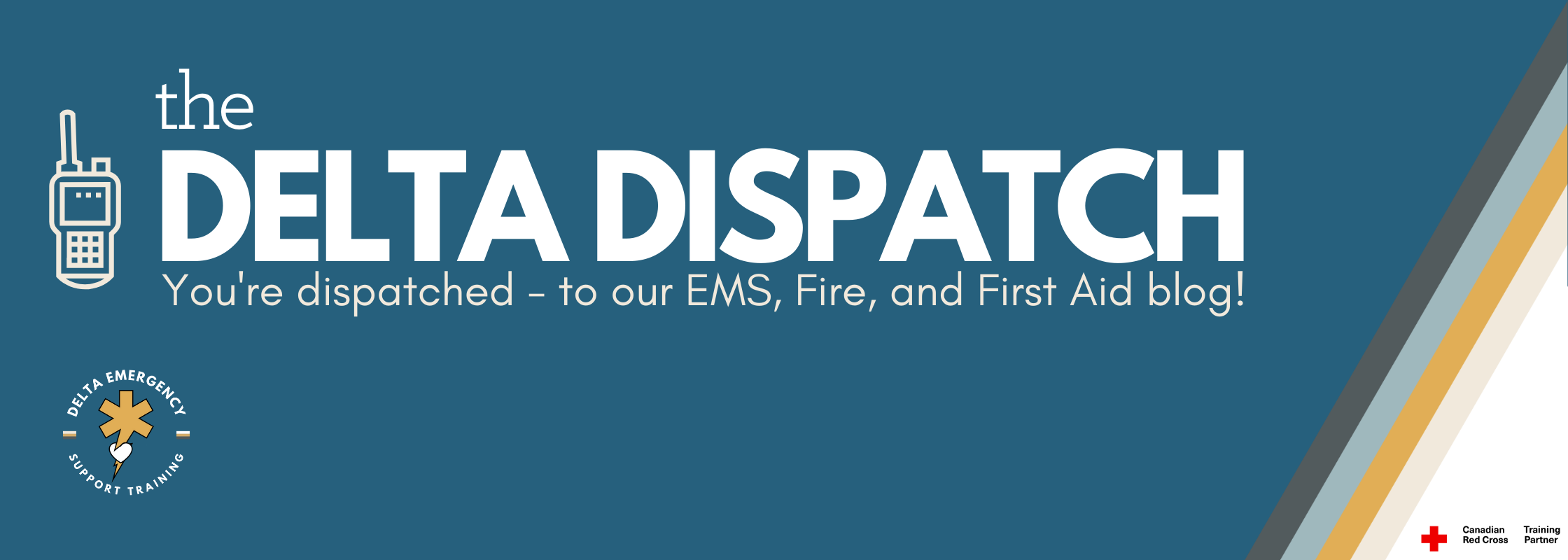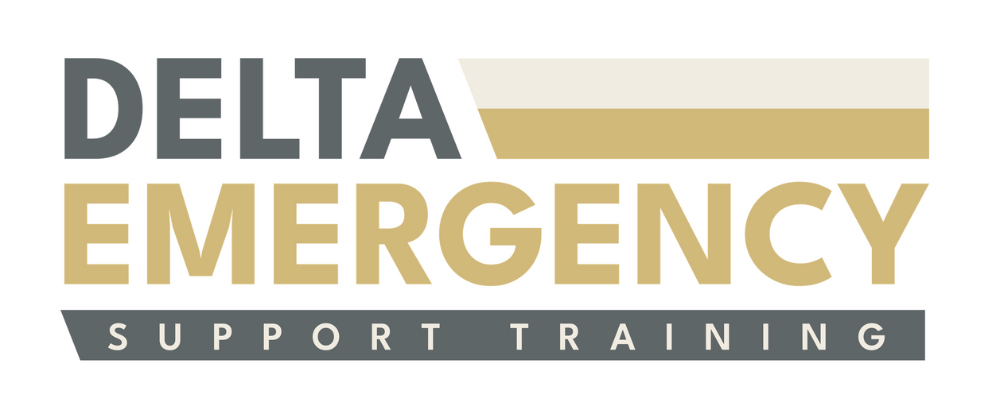Liver Failure: What Every Future First Responder Should Know
/The liver is one of the most vital organs in the human body, responsible for a wide range of essential functions. As a first responder—whether you're training as a firefighter, Emergency Medical Responder, or preparing for a healthcare career—it’s important to understand what liver failure is, how it presents, and what role you can play in early recognition and supportive care.
This blog post is designed for students and professionals taking Advanced First Aid or Red Cross EMR courses who are beginning their journey into emergency services. Whether you’re on a call with your fire crew or treating a patient as part of EMS, knowing how to recognize and respond to liver failure can save lives.
The Role of the Liver in the Human Body
The liver has more than 500 known functions. Key responsibilities include:
Detoxification: Filtering toxins from the blood (including medications, alcohol, and waste byproducts).
Metabolism: Processing carbohydrates, fats, and proteins.
Storage: Storing glycogen, vitamins, and iron.
Bile Production: Aiding digestion by producing bile for fat absorption.
Clotting Factors: Synthesizing proteins necessary for blood clotting.
When liver cells become damaged or overwhelmed, these processes break down—leading to liver failure, which can progress rapidly.
What Is Liver Failure?
Liver failure occurs when the liver loses its ability to function adequately. It can be acute (develops quickly over days or weeks) or chronic (progresses over months or years).
Types of Liver Failure:
Acute Liver Failure (ALF): Often caused by overdose, viral hepatitis, or toxins. Patients may have had no prior liver disease.
Chronic Liver Failure (CLF): Usually due to long-term conditions like alcoholism, hepatitis C, or nonalcoholic fatty liver disease (NAFLD).
Stages of Liver Failure
Inflammation: Liver becomes swollen or inflamed.
Fibrosis: Scar tissue begins to form.
Cirrhosis: Scar tissue replaces healthy tissue, impeding function.
End-Stage Liver Disease (ESLD): Liver stops functioning effectively.
Hepatic Encephalopathy: Toxins affect brain function due to liver's inability to filter.
Common Causes of Liver Failure
Alcohol abuse
Hepatitis A, B, and C
Acetaminophen overdose
Autoimmune liver disease
Genetic conditions (e.g., Wilson’s disease)
Fatty liver disease
Toxin exposure (mushrooms, industrial chemicals)
Signs and Symptoms
As a first responder, here are the signs you may observe:
Early Signs:
Fatigue
Loss of appetite
Nausea and vomiting
Right upper quadrant abdominal pain
Progressing Symptoms:
Jaundice: Yellowing of the skin and eyes
Bruising or bleeding easily (due to loss of clotting factors)
Swelling in legs and abdomen (ascites)
Dark urine, pale stool
Confusion or personality changes (hepatic encephalopathy)
Fetor hepaticus: A sweet, musty breath odor
How These Patients Present to EMS:
Altered level of consciousness
Seizures or unresponsiveness in severe encephalopathy
Abdominal pain and distention
Visible jaundice or bruising
History of alcohol use, medication use (especially acetaminophen), or hepatitis
Possible GI bleeding (hematemesis or melena)
Treatment Overview
While definitive treatment often includes hospitalization, liver transplant, or intensive supportive care, first responders can play a crucial early role:
Emergency Priorities:
Airway, Breathing, Circulation (ABCs): Always your first step.
Monitor LOC: Liver failure can rapidly lead to encephalopathy and unconsciousness.
Manage bleeding: These patients bleed easily due to impaired clotting.
Prevent further harm: Minimize medications and toxins.
Rapid transport: Time is critical in acute liver failure.
How Firefighters, EMRs, and Paramedics Respond
For Firefighters:
Be aware during medical assist calls, particularly for unconscious individuals.
Look for signs of jaundice or a known history of liver disease.
Support EMS with lifting and extrication in swollen or weakened patients.
For EMRs:
Take a clear history if possible (alcohol, drug use, known liver issues).
Use primary and secondary survey techniques to identify symptoms.
Support airway and manage LOC as needed.
Understand your role in ongoing assessment and timely transport.
For Paramedics:
Initiate IV access if within scope.
Administer oxygen and prepare for airway intervention.
Check glucose levels—hypoglycemia is common.
Be prepared for seizures or altered mental status.
Notify receiving hospital of suspected liver failure.
Why Liver Knowledge Matters for First Responders
Liver failure is often underrecognized in the pre-hospital setting, especially in its early stages. However, responders with advanced first aid or EMR training can spot the red flags and advocate for timely care.
Understanding the liver’s role in the body, the signs of dysfunction, and how these patients deteriorate can help you:
Communicate effectively with paramedics and hospital staff.
Make informed decisions during assessment.
Improve outcomes by acting early.
Join the Front Lines: Train with Confidence
At Delta Emergency Support Training, we specialize in Red Cross-certified Advanced First Aid and Emergency Medical Responder (EMR) courses for individuals looking to start a career in emergency services.
Whether you're working toward a future as a paramedic, firefighter, or healthcare professional, our instructors—many of whom are active EMS providers and firefighters—are here to prepare you for real-world scenarios, including recognizing critical conditions like liver failure.
Final Thoughts
Liver failure may not be the first thing that comes to mind during a call—but for the trained eye, it's a condition that demands attention. As a first responder, being equipped with the knowledge to recognize and respond can make all the difference.
Take the first step in your emergency services career by enrolling in one of our Red Cross-certified training programs. Learn to recognize more than symptoms—learn to save lives.




